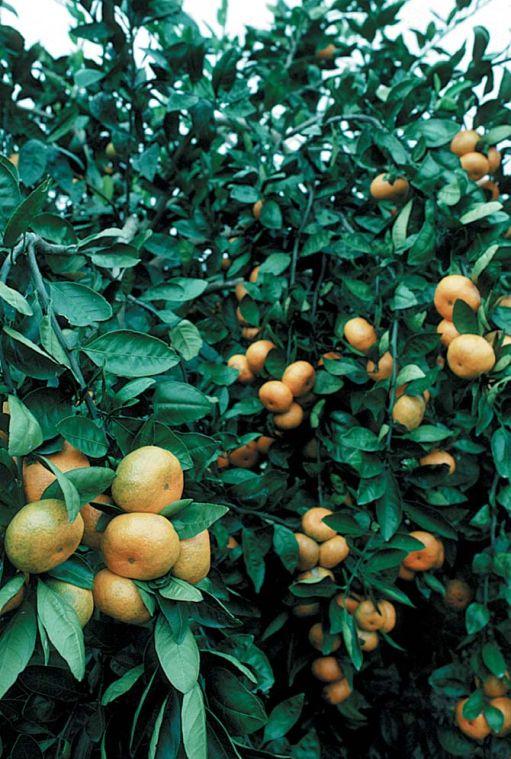For the second consecutive year, Louisiana farmers produced record-breaking commodity values, boosting the agricultural sector of Louisiana’s economy up by 3.8 percent from 2012 to $11.8 billion.
The LSU AgCenter released the Louisiana Agriculture Summary for 2013, and much like the previous year, records were broken in both grown crops and animal livestock. The commodities responsible for the record-breaking numbers in 2013 ranged across the spectrum from forestry to animal livestock with a full bushel of feed grains in between.
AgCenter economist John Westra indicated that the record-high values covered a variety of commodities, which has been a unique trait of Louisiana in recent years.
Soybeans, corn and total animal livestock all set new record highs for the second consecutive year, which Westra said is very unusual.
Louisiana’s repeated success with these commodities is not only breaking records year to year, but is establishing itself nationally. Louisiana has been atop the nation’s largest sugarcane production and has held the highest acres harvested for the past three years, and now trends are developing for other commodities as well.
Since 2011, Louisiana’s rice production and area harvested has ranked third highest behind Arkansas and California. In addition, soybean production is at an all-time high.
Micheal Salassi, crop production specialist, said that the new Louisiana soybean record of 48 bushels per acre is actually higher than the national average.
Not all the commodities in Louisiana finished 2013 with a new record, however. Cotton actually had a drop of acreage in 2013 and has seen a 75 percent acreage reduction since 2001. However, this does not necessarily mean trouble for the economy.
Salassi said one reason for cotton’s loss of land is the allocation of cotton’s land to the commodities that have had recent success and consistency. The land taken away from cotton often times is distributed to other successful crops with a higher price for selling. Salassi said Louisiana farmers often do this depending on weather and economic trends. Because of the immense number of commodities that Louisiana is able to produce and the current trends, more success will be something to look for in 2014. Westra emphasized that while the agriculture future is unpredictable, the consistent record-breaking commodities look promising.
Local crops have continued success in 2013
March 31, 2014
LSU AgCenter Citrus Research Station






